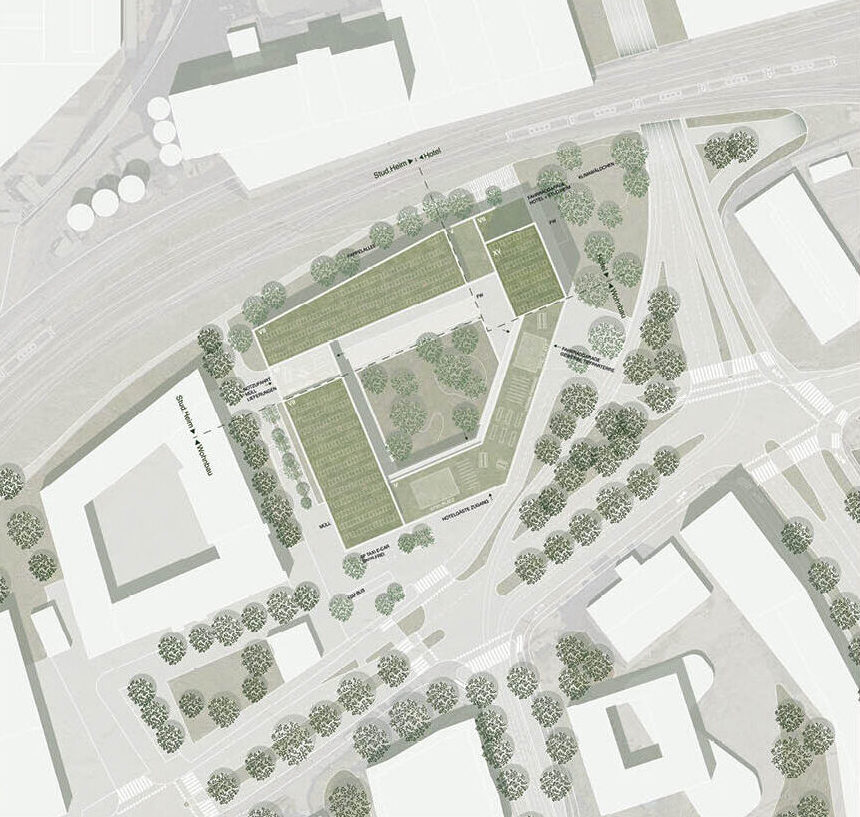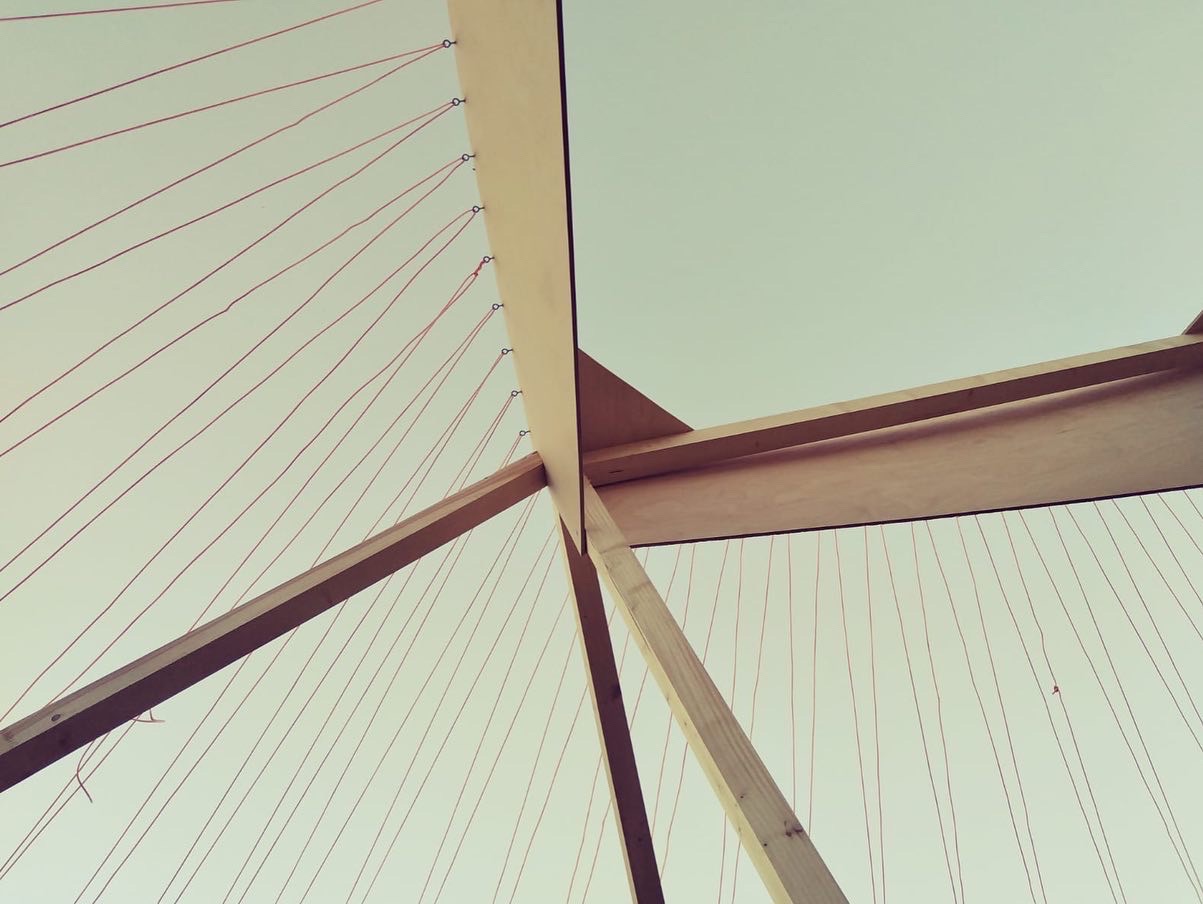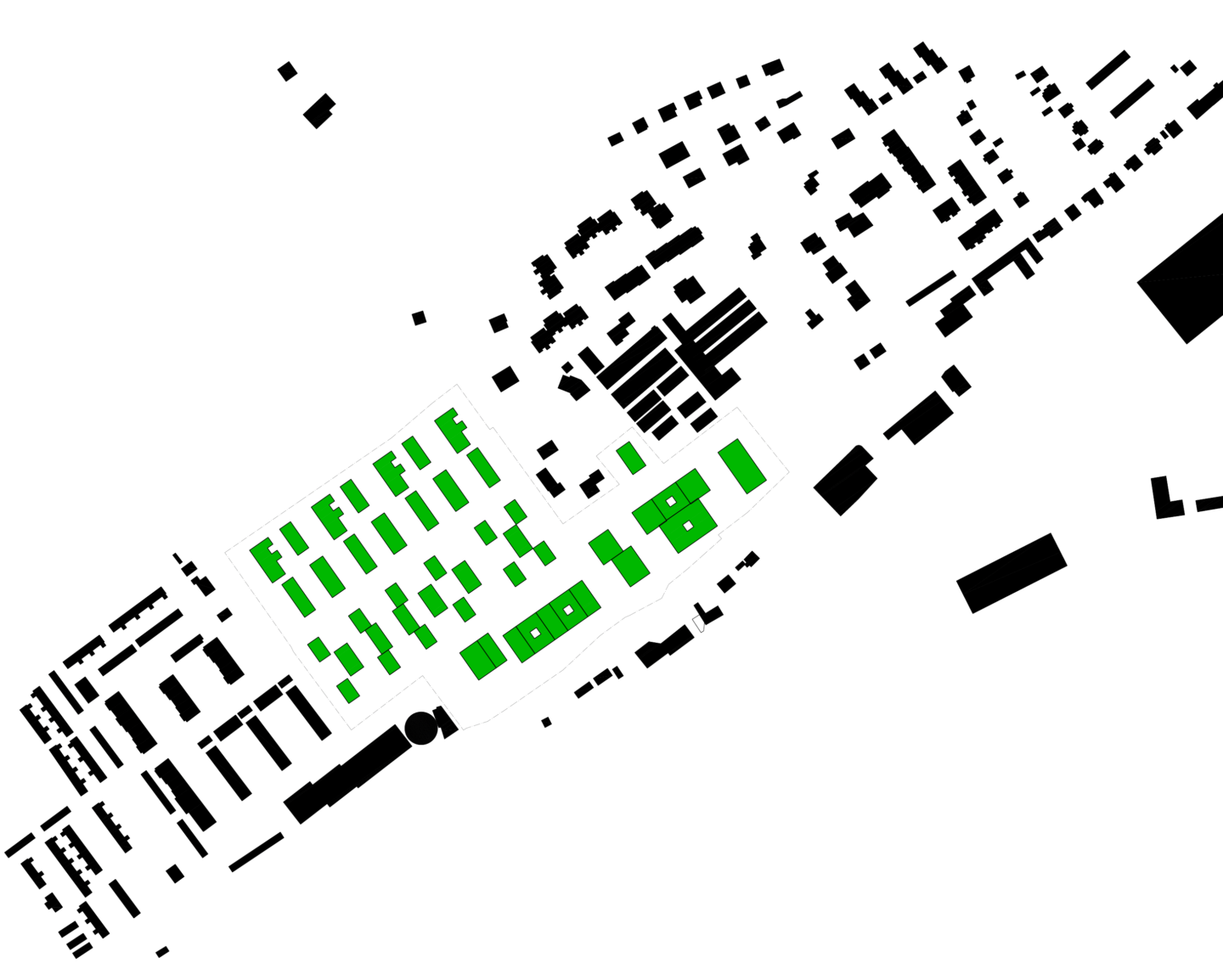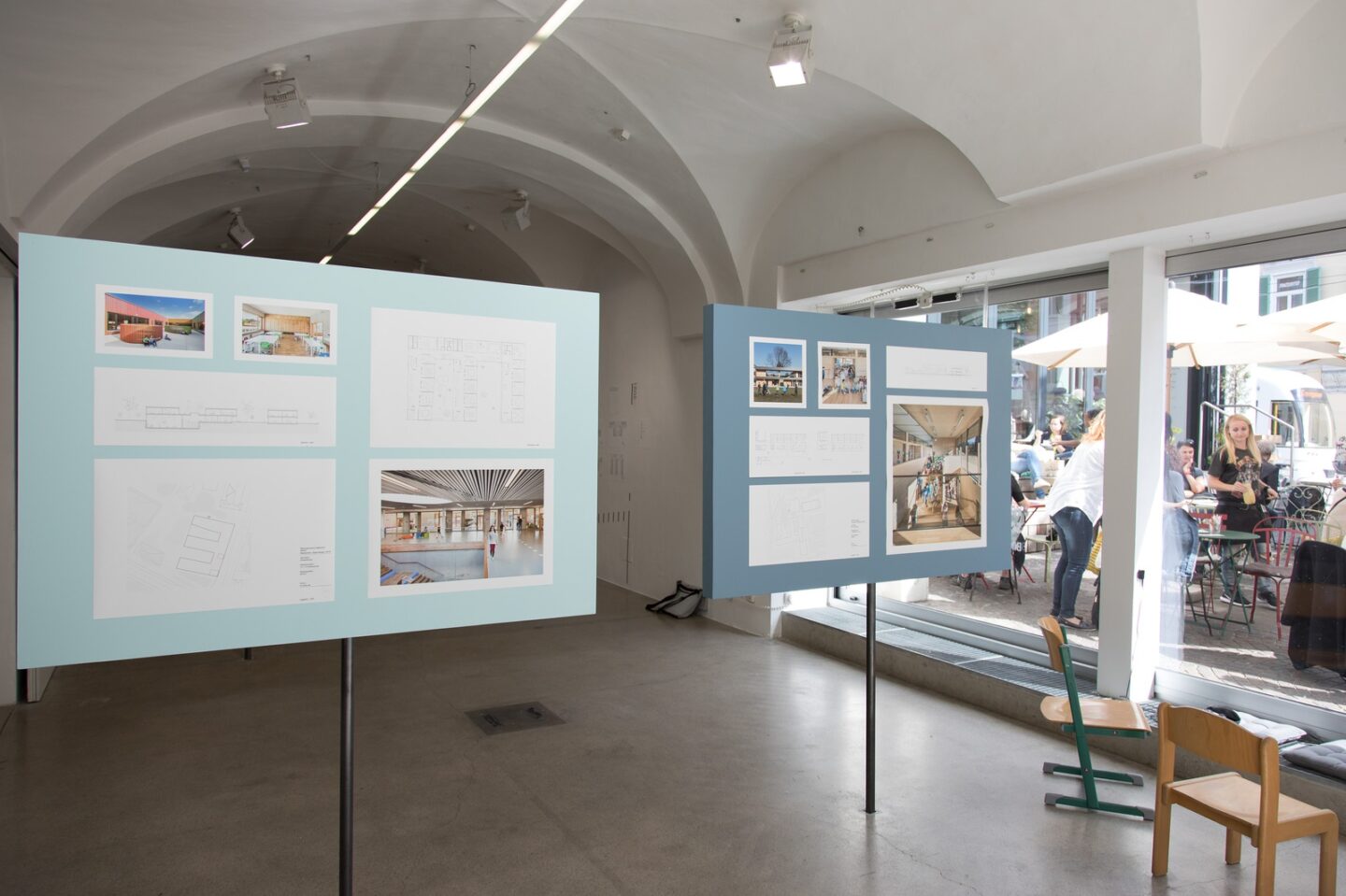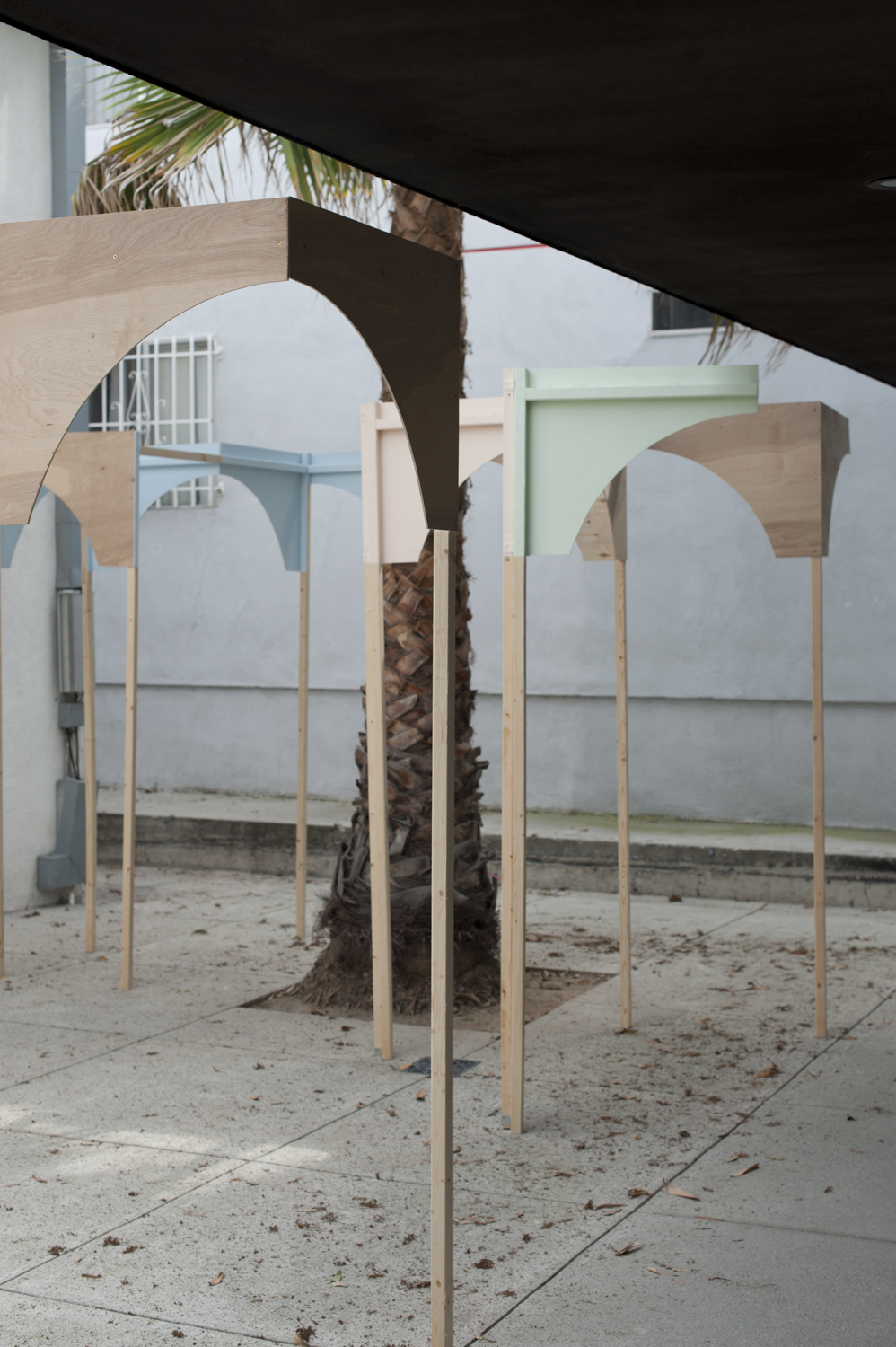
Artifacts of a Parallel Ecology
MAK, Los Angeles
Residency with MAK Schindler Scholarship
Photos: Alexander Gebetsroither
A fundamental urban element of the City of Los Angeles is the typology of the single-family home. With its usually prestigious front yard serves as display to the neighborhood and the community, as a public image of private life, the backyard is the hidden-yet-well-known part of the city. It is often regarded as the realm of comfort and customization.
In researching the backyards of Los Angeles, we found methods to take a closer look at this very private part of the city’s fabric and brought our findings together in the exhibition and installation ‚Artifacts of a parallel ecology‘ at the Mackey Apartments.
The backyard is examined through its communities and habits, and its visible-hidden binary is deconstructed through one of the more unique vernacular exploration methods in L.A.: the real estate agency open house. Staged and presented for the public, real estate agents will host an open house, where any interested person can come in off the street, take a look around, and talk with agents about the details and amenities of the lot and structure. As the entire event is a sales pitch, features of the house and property are often amplified and celebrated to the point of ideology, thus providing an occasion to see first-hand the motivations and myths that sustain those who defend the phenomenon as an inherent part of American life in places like Southern California.
The industry around the home underlies a strict choreography, well represented by publishing corporations like Sunset. Dating back to the beginning of westward expansion and California statehood, the magazine can be seen as a screenplay for “the way of living in the West.”
With Artifacts of a Parallel Ecology, elements are taken out of their former context and put into new relationships to display perceptions made through the research. These artifacts are seen as silent performers of activities that happen in the backyard and as abstract representations of the “negative space” they occupy.
The elements are found in backyards, Sunset magazine, and throughout the urban fabric of Los Angeles. They´re are generic objects: posts for fences, a pavilion-like structure, terms, definitions and particular models of ‚islands‘ of residential neighborhoods, pictures, opinions and ideas which here together, build a new ensemble of this place of excitement and suspense.
Los Angeles has some remarkable open spaces, but they are not where the majority
of Angelinos spend their time. After a long day of work and commuting,
most people retreat into their private spaces to rest and relax.
Victor Jones, (In)formal L.A. – The space of politics;
